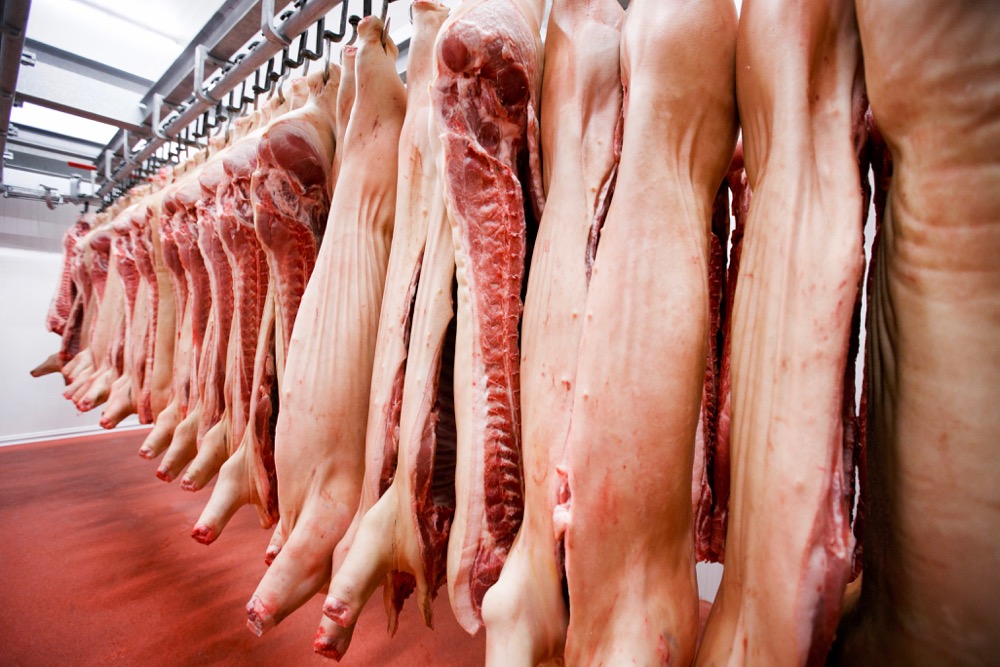Originally published on May 14, 2024 on Manitoba Co-operator
By Adam Peleshaty
Glacier FarmMedia—Fears over avian flu spreading to pigs in the United States and greater hog slaughter are causing lean hog prices at the Chicago Mercantile Exchange (CME) to fall to three-month lows, according to a livestock economist.
“There are unknowns if (avian flu) would be found in U.S. meat. I think that did scare the markets a bit,” said Brad Marceniuk, provincial livestock economist for the Saskatchewan government. “But to date, we have not found any avian influenza in U.S. meat.”
Marceniuk also said there were small increases in hog slaughter numbers. In its April report, the U.S. Department of Agriculture (USDA) estimated pork production to be 28.105 million lbs. for 2024, up 2.8 per cent from the year before.
“That likely hasn’t scared the market, but pushed the market a bit lower here,” he said.
The highest-traded June contract ended May 13 at US$97.475 per pound, but hit a low of US$96.975/lb. earlier in the day. It was the lowest price seen for June lean hogs since Feb. 15. The contract has lost more than US$11 since April 23. Also on May 13, the July contract dipped below US$100/lb. for the first time since Feb. 26.
So far, the weakness in pork futures hasn’t affected cash markets in Western Canada and there may be some optimism down the road, according to Marceniuk.
“Though likely more of an indicator that summer prices may not be as high as originally expected,” he said. “The futures prices for July and August are still indicating that summer hog prices are expected to be higher than the current cash market. Current cash prices are C$220 to C$230 per kilogram and the futures are indicating that July and August prices should still be a bit higher than what they are today.”
Marceniuk expects demand to pick up this summer as barbecue season begins, which should keep prices strong. Pork is also priced competitively with other meats, most notably beef.
“Producers should have a profitable spring and summer if prices continue to be stable and move higher as expected. The outlook right now for pork is pretty good,” he said.
A wet spring in much of the Prairies compared to previous years should lower feed prices for producers and Marceniuk added it would be the prelude to an ideal summer for pork producers.
“A warm growing season with consistent rain showers all over North America (would be ideal),” he said. “Just having that crop in the ground would stabilize feed prices. We are seeing feed costs quite a bit higher than a decade ago. It would be nice to get prices down a bit where (producers) can see stronger profits.”

